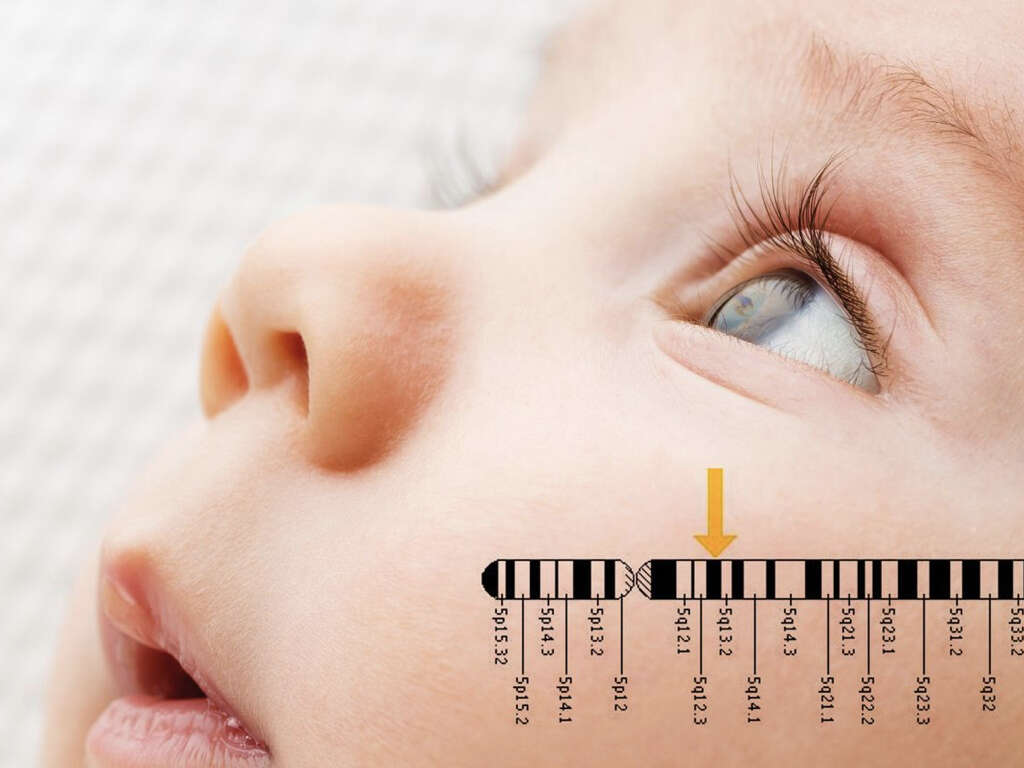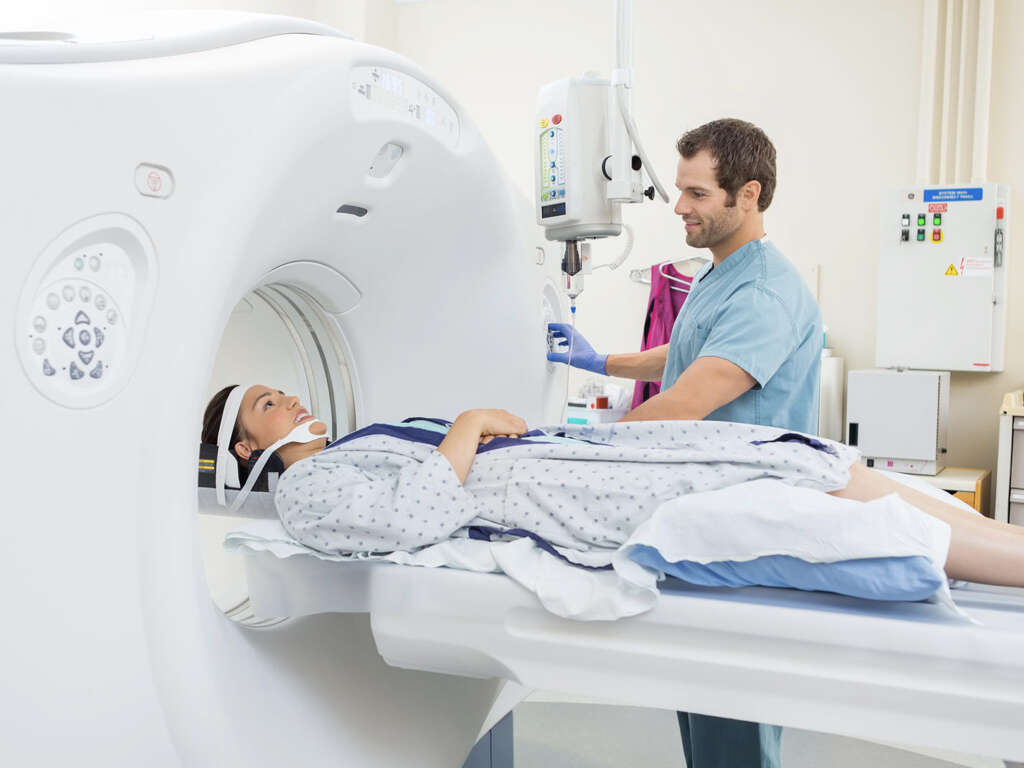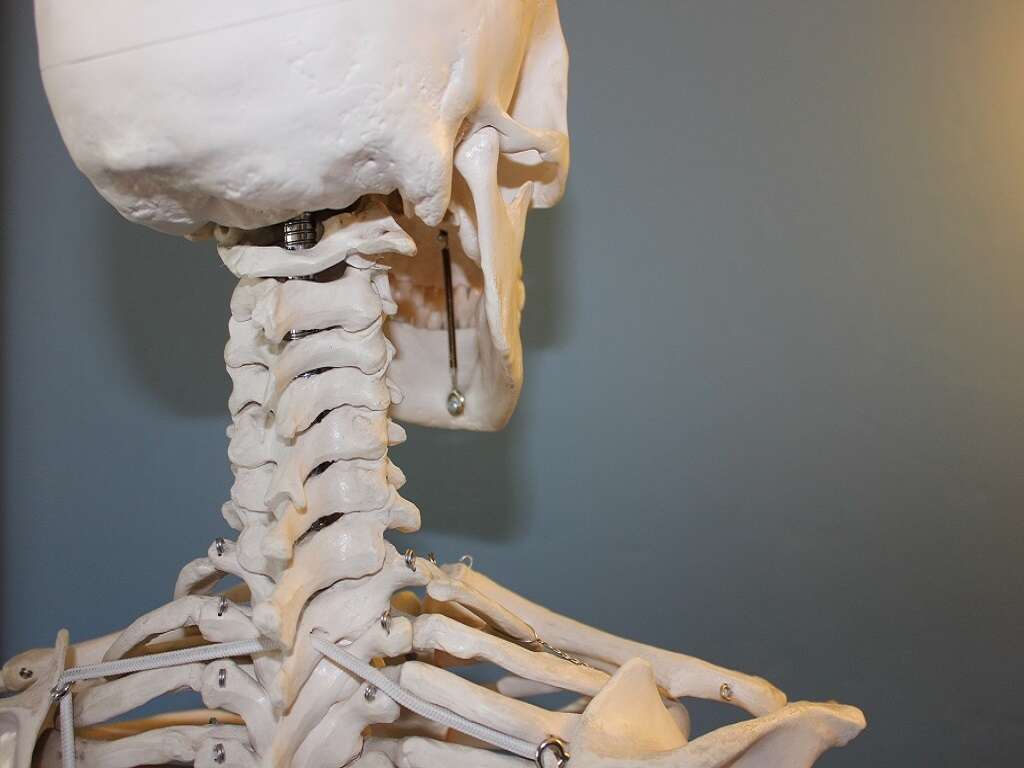What Is Tay-Sachs Disease?
Tay-Sachs disease is a rare disorder that is inherited from two parents who have the defective gene. It destroys nerve cells in the spinal cord and brain. Nerve cell destruction is caused by a fatty substance within the brains of people who have this condition.
The most common form of the disease becomes apparent in infancy. However, other forms of the disease can appear in childhood, adolescence, or even adulthood. Tay-Sachs that develops later in life tends to be milder and slower to advance than the type that is apparent in infancy. Tay-Sachs disease is more common in people with certain ancestry. For example, it is more common in Eastern European Jews.

1. Causes
Tay-Sachs disease is caused by mutations in the HEXA gene. This gene gives instructions for making a portion of beta-hexosaminidase A. This enzyme is critical in brain and spinal cord function. Mutations of the HEXA gene prevent the proper function of beta-hexosaminidase A.
Since the beta-hexosaminidase A enzyme is responsible for breaking down GM2 ganglioside, when it is not working properly it can cause GM2 ganglioside to accumulate to toxic levels in the spinal cord and brain. The toxic buildup of GM2 can cause destruction of neurons. This, in turn, leads to the development of Tay-Sachs disease symptoms in those affected.

2. Risk Factors
There are various known risk factors for Tay-Sachs disease. They include having ancestors from the Cajun community of Louisiana, the Old Order Amish community in Pennsylvania, Eastern and Central European Jewish communities, and certain French-Canadian communities in Quebec.
If you come from any of these ancestry groups, it’s important to be aware of the symptoms of Tay-Sachs disease. Then you can watch for those symptoms in yourself or in your own children. Doctors strongly recommend genetic testing and genetic counseling for all people who have a family history of Tay-Sachs disease or are in a high-risk group.

3. Transmission
Tay-Sachs is a very rare disease because it can only be transmitted to a child when both parents carry the defective gene. A child who inherits one Tay-Sachs gene from each parent (two Tay-Sachs genes total) does not produce functional HEXA enzymes. Thus, he or she is certain to eventually develop Tay-Sachs disease.
Tay-Sachs disease is only transmitted genetically. The disease cannot be passed to a partner sexually or through any other non-inherited means. Therefore, a person who has the disease is not “contagious” to those around him or her.

4. Diagnosis
Health care professionals often look at symptoms, medical history, physical examinations, and laboratory tests to make diagnoses for Tay-Sachs disease. It can be challenging to diagnose the condition because it is so rare, but if you reveal that you have a genetic predisposition to the condition, it can help aid a diagnosis.
There is genetic testing available to test specifically for this condition. If you’re interested in learning more about this type of testing, you can consult with your doctor. He or she may recommend genetic testing if you have a family history of the condition or are in a high-risk group.

5. Signs & Symptoms
Signs and symptoms of Tay-Sachs disease usually occur by about 6 months of age. However, they can also develop later in childhood or adulthood. Most commonly, symptoms include loss of motor skills, seizures, exaggerated reactions to loud noises, muscle weakness, and hearing and vision loss.
Additional symptoms include movement problems and spots in the eyes that are cherry red. If your child has any of these symptoms, it’s important to schedule an appointment with his or her pediatrician for a diagnosis. In older children and adolescents, Tay-Sachs disease can cause irritability, dementia, and paralysis.

6. Complications
There are many different complications associated with Tay-Sachs disease. However, the most common complications are pneumonia and other respiratory infections. These tend to reoccur in people with Tay-Sachs disease, and most die from these complications.
Other complications associated with the disease include paralysis and inability to move or swallow. This can make it impossible for children with the disease to eat or drink. In many cases, children with the disease are put on a feeding tube to help provide the nutrition and hydration they require.

7. Treatment & Management
There is not a cure for Tay-Sachs disease, and there is currently no known treatment that slows or halts its progression. However, there are emerging new approaches to therapy for the condition that are designed to prevent neuroinflammation and neurodegeneration. These include enzyme replacement therapy, substrate reduction therapy, gene therapy, and bone marrow transplantation. These treatment methods are still being studied and developed and require further investigation.1Valeriya V. Solovyeva, Alisa A. Shaimardanova, Daria S. Chulpanova, Kristina V. Kitaeva, Lisa Chakrabarti, and Albert A. Rizvanov. New Approaches to Tay-Sachs Disease Therapy. Frontiers in Physiology 2018; 9: 1663.
Treatment for symptoms may include antipsychotic medications and anticonvulsants for seizure control in children. Your child’s doctor may also recommend stool softeners or laxatives to prevent severe constipation. Proper hydration and nutrition techniques may also be recommended to help keep the airway open.

8. Prevention
The prognosis for most children with Tay-Sachs disease is not very promising. Most children die by the age of 4, even if they receive the very best care the medical community currently has to offer.
In children with late-onset Tay-Sachs disease, symptoms tend to develop much more slowly than the infantile form of the disease. These people may be able to live normally for some of their life, but may eventually become wheelchair-bound as the disease progresses and hampers their ability to be physically active.

9. Prognosis
The prognosis for most children with Tay-Sachs disease is not very promising. Most children die by the age of 4, even if they receive the very best care the medical community currently has to offer.
In children with late-onset Tay-Sachs disease, symptoms tend to develop much more slowly than the infantile form of the disease. These people may be able to live normally for some of their life, but may eventually become wheelchair-bound as the disease progresses and hampers their ability to be physically active.

10. When to See a Doctor
It is recommended that parents who are in high-risk groups see a doctor for genetic testing before they have children. That way they can find out if they will pass the disease on to their children and can make an informed decision about how to plan their family.
If you already have a child and you think he or she may have Tay-Sachs disease, visit your child’s doctor when you first notice symptoms. Though there is no known cure for the disease, there are treatments available to help address the symptoms and help your child live as comfortably as possible.












